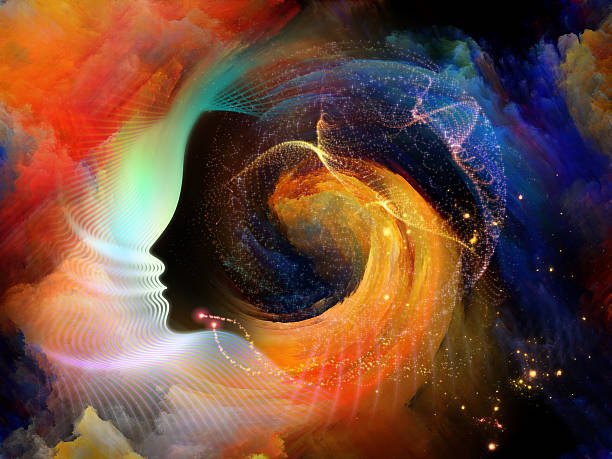By wishful thinking, studying physics or solving cross-words one does not gain an athletic physique. One has to spend time and put forth the right efforts in order to achieve it. Similarly a single pointed mind is a great asset. Everyone desires it, especially students and spiritual seekers. What should one do to gain concentration? Is the practice of concentration itself meditation?

यत्र यत्र मनो याति ब्रह्मणस्तत्र दर्शनात्।
yatra yatra mano yati brahmanas-tatra darśanāt, manaso dhāraṇaṁ caiva dharaṇā sā parā matā. (122)
मनसो धारणं चैव धारणा सा परा मता ॥ १२२ ॥
यत्र यत्र – wherever; मनः – the mind; याति- goes; ब्रह्मणः -of the Truth; तत्र -there ; दर्शनात् – by realisation; मनसः -of the mind; धारणम् – fixing, च (and) ; एव – alone; धारणा – dhāranā; सा – that ; परा -supreme; मता – is known
122. The steadiness of the mind through realisation of the Truth, wherever the mind goes, is known as the supreme dhārană (concentration). According to Hatha Yoga, starting from yama, the twelve practices enumerated so far involve some ‘doing’ and are therefore considered external practices (bahiranga). The following three practices of dharană, dhyāna and samadhi are within (antarañga) and involve more being than ‘doing’. Man is by nature action oriented and cannot sit doing nothing. Having withdrawn the mind from its normal preoccupation by the practice of the previous steps, what should one do? It is impossible for the mind to understand the instruction, ‘Don’t do anything. The mind’s very existence is threatened by such a practice and therefore we have to give an occupation, whereby in stages it becomes subtler, making it possible for us to transcend it eventually. Hence we are asked to practise dhāraṇā – focus our mind on a particular place or cakra in our body.
The mind, when fixed in certain centres in our body, gets easily concentrated, for instance, between the eyebrows (bhrū- madhye or ājñā-cakra), in the heart-space (hṛdaya-cakra), navel (nābhi- cakra or maṇipura-cakra), throat (kaṇṭha-cakra) or viśuddhi-cakra) and so on. A plane must be airworthy before it takes off into the vast sky. Similarly the mind must be meditation-worthy before it can merge into the infinite Truth. By the practice of dhāraṇā the mind becomes completely ready for dhyāna or meditation. ‘The speech is controlled by practice of prāṇāyāma, the senses by pratyāhāra and the difficult mind through dhāraṇā.’
What is dhāraṇā according to Vedānta? The Self or Truth is all pervading and homogenous. It does not exist more in some place or object than in another. It is equally available to all, everywhere at all times. With this Knowledge, wherever the mind goes, one experiences the Truth alone. Concentration is superfluous to one established in such Knowledge. To practise this is ‘dhāraṇā-meditation’. Saint Tulasīdāsajī prostrates with folded hands to all as he sees Lord Rāma alone in all. Another devotee says, “Wherever my mind goes, I see Thy form alone.” One day a saint did not get food. He said, “Fine! Today being ekādaśī (the eleventh day of every fortnight or pakṣa), I will fast.” His disciple responded, “But it is not ekādaśī today.” He replied, “May be not on this earth. I pervade the whole universe and I am observing ekādaśī of another planet!” In most Hindu homes, the altar of worship is like a museum of different forms of Gods. That is fine as long as we are able to see the one Truth in all forms and do not consider the differences as real. In the vision of Truth, all differences between the individual, the world of experiences and the Lord (jīva-jagat-Īśvara bheda) end. It would be impossible to realise this Truth if one creates division in the Lord Himself. With such differences spring fear, fanaticism, ‘my God versus your God’, lesser God, greater God, God in heaven, God within and so on. It is important to impart to everyone this knowledge of one Truth or God right from childhood in a simple way. When the notion of difference gets deeply rooted from childhood, even when one is intellectually convinced and may say, ‘God is one,’ deep within, the differences alone seem real. One who has realised the Truth knows not only that Īśvara and Allāh are one, but that everything is the one Truth and so experiences the Truth everywhere (sarvaṁ brahmamayam). He realises It as one with himself that I, the Self, alone is the all-pervading Truth (ahaṁ brahmāsmi).

Give a Reply